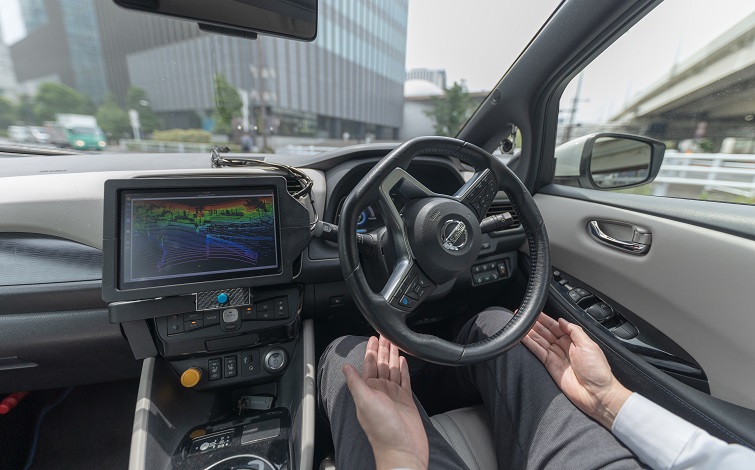Nissan has begun demonstrations of a prototype vehicle equipped with its in-house-developed autonomous drive technologies. The prototype, based on the Nissan LEAF, features 14 cameras, 10 radars, and 6 LIDAR sensors, showcasing advancements in autonomous driving within complex urban environments.

Technological Advancements
The latest prototype includes an array of roof-mounted sensors that significantly expand the detection area, enhancing recognition performance, behavioral prediction, and judgment functions. These improvements enable the vehicle to smoothly navigate complex scenarios, such as predicting pedestrian behavior, executing lane changes, and safely entering intersections.
Currently, the demonstrations are conducted at SAE Level 2 with a safety driver present. Nissan aims to expand functionality and begin offering autonomous-drive mobility services in Japan by fiscal year 2027. Trials in the Minato Mirai area will start in the fourth quarter of this fiscal year, progressing to service demonstration tests by fiscal year 2025.
Collaboration with Government
This initiative is in cooperation with the Japanese Ministry of Economy, Trade and Industry; Ministry of Land, Infrastructure, Transport and Tourism; and other central ministries. These bodies will promote new autonomous mobility services through the Level 4 Mobility Acceleration Committee.
Addressing Mobility Challenges
Nissan’s long-term vision includes solving transportation service issues faced by local communities in Japan, such as driver shortages due to an aging population. The company plans to provide a range of new services that enable free movement, supporting the resolution of these challenges.

